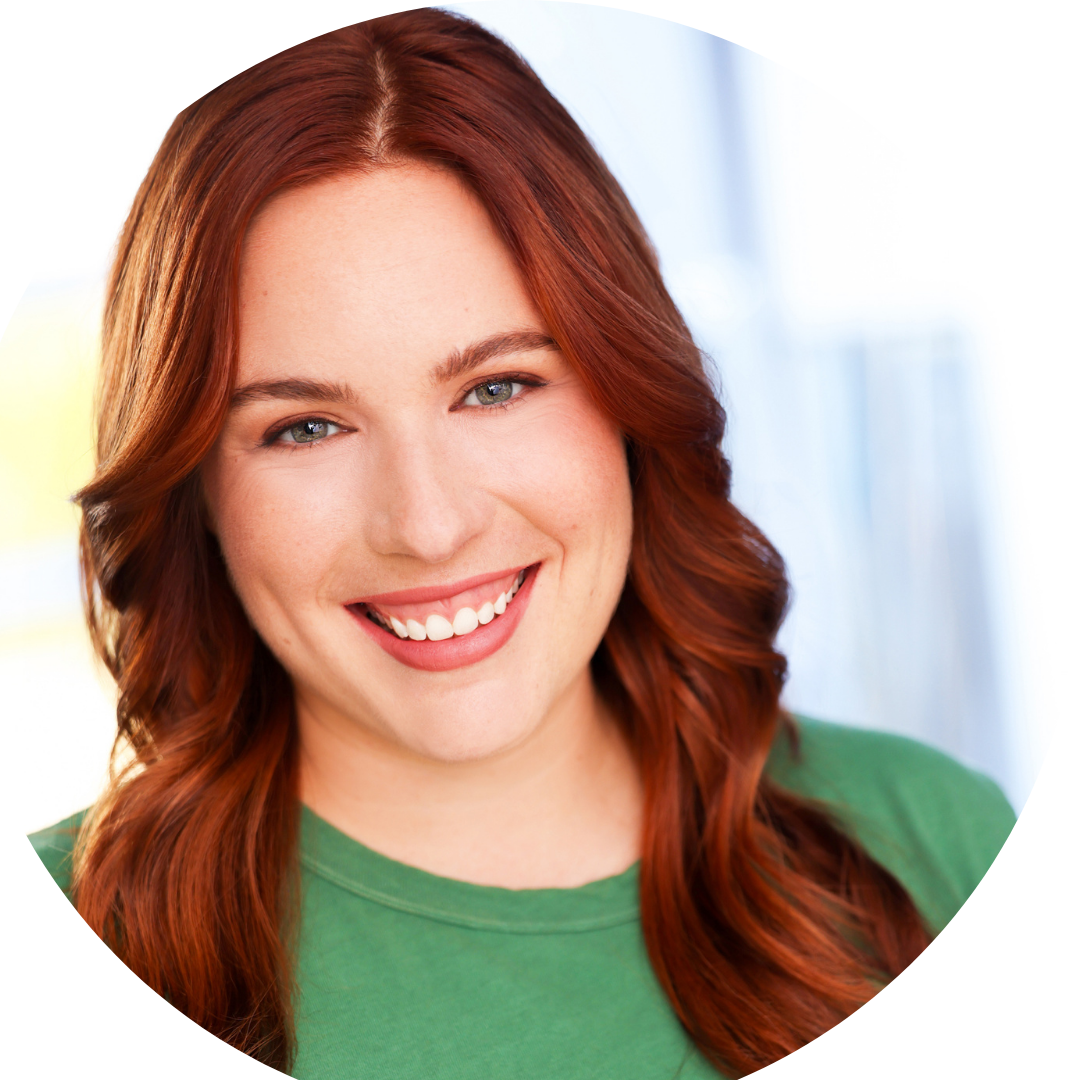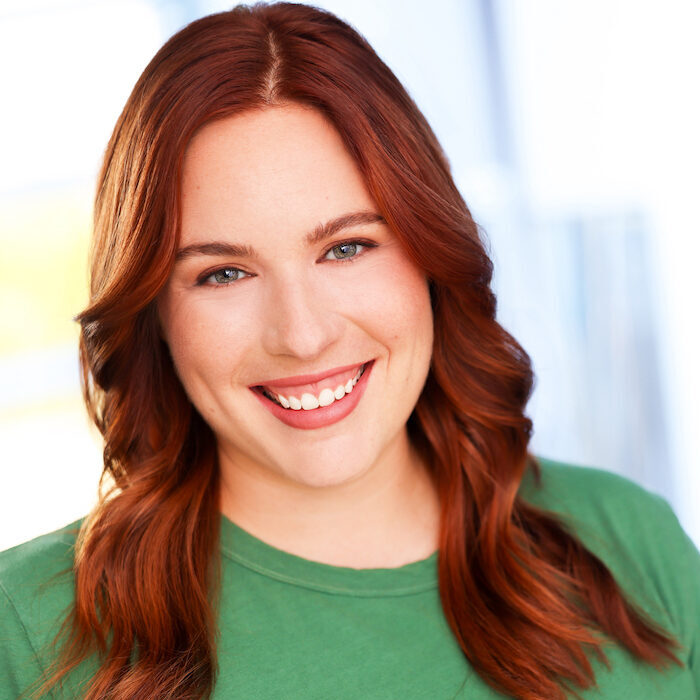Purchasing a mattress is a sizable expense. To ensure your investment lasts as long as possible, I highly recommend purchasing a mattress protector.
But how do you choose a mattress protector? Here are the most important things to consider.
Do You Need a Mattress Protector?
While it’s not completely necessary to buy a mattress protector, they offer many benefits.
Mattress protectors help prevent liquid, dust mites, and allergens from damaging your mattress. This can extend the lifespan of your mattress and ensure you get your money’s worth. In addition to keeping your mattress clean and dry, protectors help keep your mattress warranty in good standing. Many mattress companies won’t honor the warranty if the mattress is damaged from liquids.
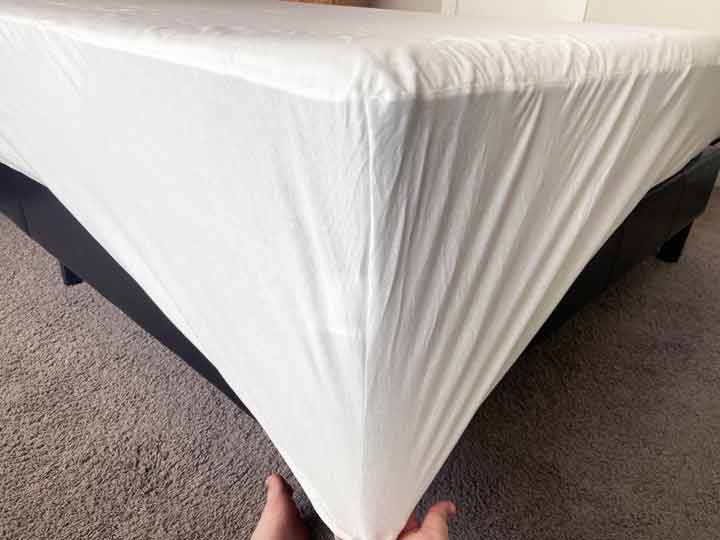
What To Consider When Buying a Mattress Protector
With so many different types of mattress protectors, it can be difficult to know which to get. Here are the main things to consider when choosing the best product for your needs.
Construction
There are three basic types of mattress protectors on the market. Here’s a closer look at each one.
Fitted protectors wrap around your mattress like a fitted sheet. If your bed is particularly tall, you’ll want to find a fitted protector that has deep pockets.
Mattress protectors with elastic straps sit on top of the bed and anchor around the corners of the mattress.
Encasement protectors cover 100% of your mattress from top to bottom. The protector is often closed with a zipper. Though they don’t prevent bed bugs, they are often used to contain bed bug infestations until exterminators can get rid of them.
Materials
Mattress protectors are made from several different types of materials. Here’s a closer look at the most common types.
Cotton is a popular material because it doesn’t make noise when you roll around on top of it. It also feels soft and luxurious, which is beneficial for people who don’t sleep on top of fitted sheets. Though cotton protectors aren’t completely waterproof, some of them can help repel water and prevent liquids from seeping into the mattress quickly. Read our Saatva mattress protector review for a good cotton option.
Polyester is another water-repellent material that is often found in mattress protectors. This material usually feels thick and sturdy, which gives the protector a long lifespan. That said, this material isn’t as breathable as cotton, so it has a tendency to trap body heat.
Vinyl is a common plastic material that’s often found in mattress protectors. It is waterproof and creates a thick barrier between you and the mattress. Vinyl protectors can make an annoying crinkling sound when you switch sleeping positions on top of them, so they may not work for light sleepers.
Many people wonder if vinyl mattress protectors are safe, because the United States Environmental Protection Agency issued health warnings about polyvinyl chloride (PVC) plastic and vinyl products. Because of the toxins they release, PVC vinyl could cause birth defects, cancer, and other diseases. However, not all vinyl products are toxic. Make sure to read the labels carefully before purchasing a vinyl mattress protector.
Polyurethane laminate fabrics are waterproof and non-toxic, which makes them a popular material for childrens’ mattress protectors.
Waterproofing
Not all mattress protectors are waterproof. If you’re looking for something that can act as a barrier for spills and accidents, you’ll want to find a mattress protector that’s made with water-resistant fabrics like vinyl and polyurethane. Take a look at our list of the best waterproof mattress protectors for some good options.
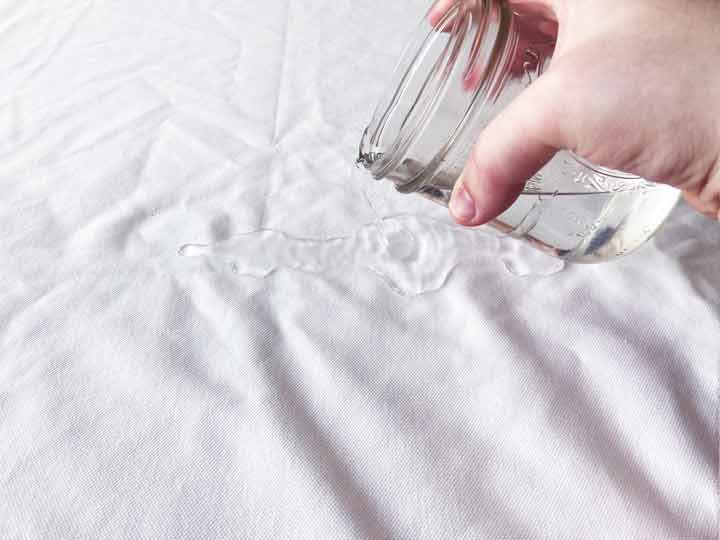
Cushioning
Unlike mattress pads and toppers, protectors don’t offer any additional cushioning or padding. If your mattress feels too firm, you may want to consider getting a plush memory foam mattress topper. This should soften your mattress and offer a bit more pressure relief.
Size
Protectors come in different sizes—there are even protectors that cover crib mattresses and mini-crib mattresses. Make sure to order the correct size whenever you purchase a mattress topper.
RELATED: Mattress Sizes and Dimensions
Care Instructions
If you anticipate needing to clean your mattress protector frequently, consider purchasing one that is machine-washable and dryer-friendly. The Nolah mattress protector is a great option that’s easy to wash.
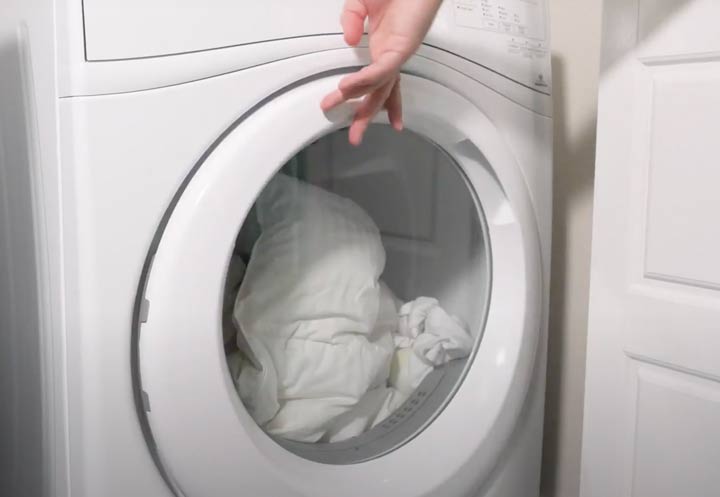
Keep in mind that drying a mattress protector on too high a heat setting may damage the waterproof membrane on the protector. It is important to follow the specific care instructions that come with the protector.
Price
When it comes to mattress protectors, you usually get what you pay for.
There are plenty of simple mattress protectors that cost less than $50. However, these budget-friendly toppers may not last as long as some of the high-end models. The Saatva mattress protector costs about $200 for a Queen-size, but it’s made out of durable organic cotton, it’s waterproof, and it’s breathable. For these reasons, I expect it to last at least five years, while cheaper protectors may only last one year.
Noise
If you’re a light sleeper, you may want to stay away from protectors made with thick vinyl and polyurethane laminate. These materials tend to wrinkle and make noise whenever you roll around on top of them, and that could wake you up in the middle of the night. You may want to consider getting a cotton or polyester mattress protector if you want something silent.
Do Mattress Protectors Prevent Bed Bugs?
Many people think mattress protectors prevent bed bugs, but that is not the case. Bed bugs can harbor inside mattress foundations and on top of bed frames, headboards, and mattress protectors. Even zippered mattress encasements, which cover all six sides of the bed, don’t offer 100% protection against these annoying insects.
The best way to prevent bed bugs is to maintain a clean environment and wash your clothes after returning from a trip. It also helps to catch bed bugs quickly. Here’s how to identify the early signs of bed bugs. If you notice a bed bug infestation, zippered encasements can help contain the bugs until professionals eradicate them.
FAQs
What is the best material for a mattress cover?
The best material for a mattress protector depends on what you are looking for. If you need a waterproof mattress protector, opt for something made from non-toxic vinyl or polyurethane laminate. If you want a silent mattress protector, look for something made with cotton or polyester.
Are expensive mattress protectors worth it?
In my experience, it’s often worth it to spring for a more expensive mattress topper. Cheap toppers that cost around $50 don’t usually last long, so you end up needing to replace it more often. High-end toppers usually feature quality, durable materials that last at least five years.
Which is the best mattress protector to buy?
The Saatva mattress protector is one of the best mattress protectors to buy. It’s water-resistant, breathable, and made with high-quality organic cotton. That said, it costs more than others on the market. For more great options, consider the Nest, Nolah, or Bear mattress protectors.
What is the difference between a mattress pad and a mattress protector?
Mattress pads are thicker than protectors, and they’re meant to add an additional layer of cushioning. Most mattress pads are not waterproof and do not protect the exterior of the mattress from dirt and allergens.
Mattress toppers are even thicker than mattress pads, and they’re meant to significantly alter the firmness of your mattress. Take a look at our Mattress Pad vs Mattress Topper article to learn more.

